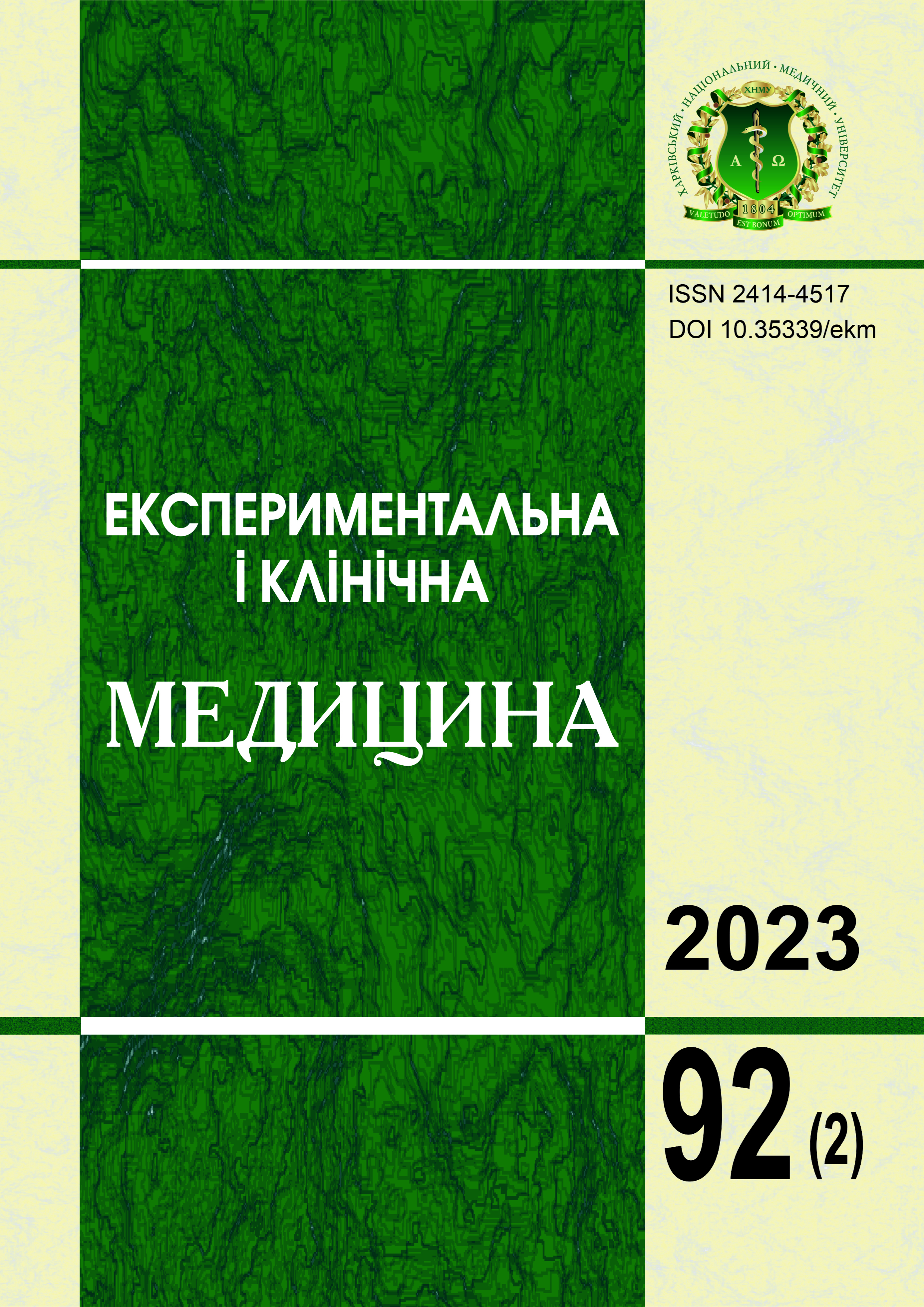Abstract
The purpose of the review was to assess global trends in the consumption of nutraceuticals by children and adolescents. The analysis of modern literature is carried out. It has been shown that about 30% of children and adolescents in economically developed countries of the world regularly consume nutraceuticals, there is an increase in the consumption of nutraceuticals with anabolic properties among adolescent girls. Comparisons with idealized bodies on Instagram lead to a decrease in self-confidence and an increase in the frequency of dissatisfaction with one's own body. Accordingly, the demand for protein-containing food supplements is increasing. The highest intake of nutraceuticals in children and adolescents has been reported in the United States. Among other countries, there is also a high rate of nutraceutical use. The most frequently consumed nutraceuticals are multivitamin and mineral complexes, while only in 1/5 of cases the consumption of nutraceuticals by children is initiated by a medical specialist, in other cases, the decision to include nutraceuticals in the diet was made under the influence of advertising. There is a steady global trend towards increasing the consumption of nutraceuticals by children and adolescents. In Ukraine, extensive studies on children's consumption of nutraceuticals have not been conducted. However, these studies were conducted on limited clinical material and do not reflect the actual prevalence of nutraceutical use in children and adolescents in Ukraine. This makes it highly relevant to conduct a population-based study in Ukraine to investigate the role of nutraceuticals in pediatric nutrition.
Keywords: nutrition, children and adolescents, health, рrevention.
References
Dietary Supplements: A Historical Examination of its Regulation. Harvard Library Office for Scholarly Communication [Internet]. Available at: http://nrs.harvard.edu/urn-3:HUL.InstRepos:8852130 [Accessed 19 May 2023].
Bench L. History of Dietary Supplements. Stratum nutrition, 17 Jun 2020 [Internet]. Available at: https://is.gd/z7O1Cs [Accessed 19 May 2023].
Dietary supplements market size, share & trends analysis report by ingredient (vitamins, botanicals), by form (tablets, soft gels), by end-user, by application, by type, by distribution channel, by region, and segment forecasts, 2023–2030. USA: Grand View Research, Inc.; 2022. 189 p. [Last reviewed 2023]. [Internet]. Available at: https://is.gd/KFSMXp [Accessed 19 May 2023].
Djaoudene O, Romano A, Bradai YD, Zebiri F, Ouchene A, Yousfi Y, et al. A Global Overview of Dietary Supplements: Regulation, Market Trends, Usage during the COVID-19 Pandemic, and Health Effects. Nutrients. 2023;15(15):3320. DOI: 10.3390/nu15153320. PMID: 37571258.
Coppens P. The Importance of Food Supplements for Public Health and Well-Being. World Rev Nutr Diet. 2020;121:66-72. DOI: 10.1159/000507524. PMID: 33502375.
Stierman B, Mishra S, Gahche J, Potischman N, Hales C. Dietary Supplement Use in Children and Adolescents Aged ≤19 Years – United States, 2017–2018. Weekly.2020;69(43);1557-62. Available at: https://www.cdc.gov/mmwr/volumes/69/wr/mm6943a1.htm
Diab L, Krebs NF. Vitamin Excess and Deficiency. Pediatr Rev. 2018;39(4):161-79. DOI: 10.1542/pir.2016-0068. PMID: 29610425.
Legeret C, Lohmann C, Pedrini L, Sarbach L, Furlano R, Kohler H. Use of Health-Promoting Food and Supplements in Swiss Children. Children. 2022;9:1842. DOI: 10.3390/ children9121842.
Martini L, Pecoraro L, Salvottini C, Piacentini G, Atkinson R, Pietrobelli A. Appropriate and inappropriate vitamin supplementation in children. J Nutr Sci. 2020;9:e20. DOI: 10.1017/jns.2020.12. PMID: 32577225.
Ishitsuka K, Sasaki S, Mezawa H, Konishi M, Igarashi M, Yamamoto-Hanada K, et al. Dietary supplement use in elementary school children: a Japanese web-based survey. Environ Health Prev Med. 2021;26(1):63. DOI: 10.1186/s12199-021-00985-7. PMID: 34090343.
Food supplements for children: Market check of the consumer centres. 2018. 23 p. Available at: https://is.gd/oMkF04
Germany's initiative for healthy nutrition and more exercise. Nutritional supplements. IN FORM, 2023 [Internet]. Available at: https://www.in-form.de/wissen/nahrungsergaenzung-oft-zuviel-des-guten [Accessed 19 May 2023]. [In German].
Zamil DH, Ameri M, Fu S, Abughosh FM, Katta R. Skin, hair, and nail supplements advertised on Instagram. Proc (Bayl Univ Med Cent). 2022;36(1):38-40. DOI: 10.1080/08998280.2022.2124767. PMID: 36578583.
Hotsulia TS, Samko AV, Halitsya VV. Dietary Supplements in Pharmacy. Zaporizhzhia Med J. 2011;13(2):33-7. DOI: 10.14739/2409-2932.2019.3.184208.
Marushko YV. Vitamin-Mineral Support of Children in Modern Conditions. Health of the Child. 2015;2(61):7-12. DOI: 10.22141/2224-0551.2.61.2015.75035. [In Ukrainian].
Zelinska NB. Vitamin D Deficiency: Diagnosis, Treatment, Prevention. Ukr J Pedi-atr Endocrinol. 2019;(4):4-16. DOI: 10.30978/UJPE2019-4-4. [In Ukrainian].
Berezhnoi VV. Influence of Vitamin-Mineral Provision on the Growth and Devel-opment of Children: Modern Methods of Vitamin Deficiency Correction. Modern Pediatrics. 2018;(3):133-8. Available at: https://is.gd/fxHCJo [in Ukrainian].

This work is licensed under a Creative Commons Attribution-NonCommercial-ShareAlike 4.0 International License.

